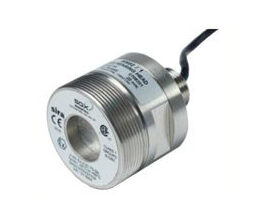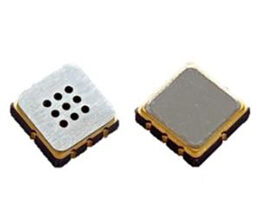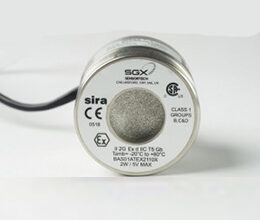Gas Sensors
A typical human nose has 400 types of scent receptors enabling us to smell about 1 trillion different odours. But still many of us do not have the capacity to identify the type or concentration of gas present in our atmosphere. This is where Sensors comes in.
A gas sensor detects the presence or concentration of gases in the atmosphere. Based on the concentration of the gas the sensor produces a corresponding potential difference by changing the resistance of the material inside the sensor, which can be measured as output voltage. Based on this voltage value the type and concentration of the gas can be estimated.
The type of gas the sensor could detect depends on the sensing material present inside the sensor.
Types of Gas sensors
There are many types of sensors to measure different parameters. Gas sensors are typically classified into various types based on the type of the sensing element it is built with.
AEP Components is an official Amphenol SGX Sensortech disitributor, which means AEP Components can offer you the following types of Gas Sensors:
- MEMS Pellistors
- Infrared Gas Sensors
- Catalytic Pellistors
- Thermal Conductivity Gas Sensors
- Metal Oxide Gas Sensors
- Electrochemical Gas Sensors
- Evaluation Kits
- Indoor Air Quality sensors
Combining Gas Sensors with potentiometers, capacitors and resistors
The output of a gas sensor alone will be very small (in mV) so an external circuit has to be used in order to get a digital high low output from the sensor. For this purpose, adjustable potentiometers, resistors and capacitors are used.
Are you searching for a specific gas sensors?
Please fill in our Gas Sensor enquiry operating parameters form and we will provide the solution.
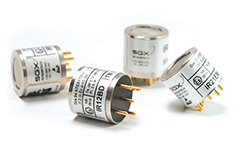
Infrared gas sensors
Designed to operate in the harshest of environments and produces accurate, fast readings with the minimum of circuity design.
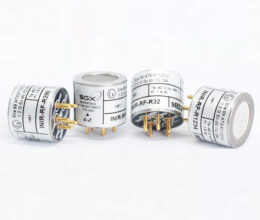
Integrated infra-red sensors
The INIR is a user-friendly digital Gas Sensor, which is designed to use the latest SGX Sensortech’s Infrared technology.
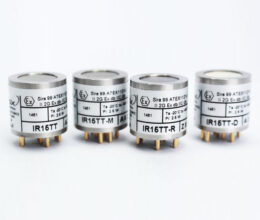
Dual Gas Infrared Sensors
Suitable for reliable monitoring of gas levels in general safety applications where the sensor size is restricted and require a flameproof enclosure for hazardous environments.
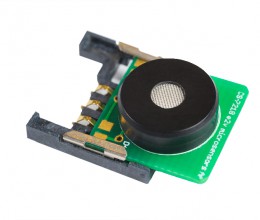
MEMS Pellistor
The MPEL is an industrial-suited MEMS (Micro Electro Mechanical System) pellistor which has been developed for a new generation of low-power and rugged sensors for the detection of combustible gases, in particular methane. Innovative process technologies combined with optimized sensing and filter materials are engineered to achieve exceptional performance compared to existing products.
These sensors can provide a significant power reduction, in continuous operation and compared with existing pellistor gas sensors it can be up to 50 percent.
The micron silicon heater design delivers improved resistance to shock, with millimetre diced components this unique structure allows reductions in the sensor size and a large flexibility within the certified package design.
DIFFERENTIATING FEATURES
• Low power (continuous operation typically 110mW)
• Exceptional poison resistant to HMDS and H2S
• Miniature package MP-7217 – (14.4 x 6.7 mm)
• Compatible packaging available for the existing market sensors e.g. 4 series
• Extreme resistance to mechanical shock.
• Enabling stability performance, for very low power applications pulsed mode operation (10-20mW)
• Low orientation effect.
• ATEX, IECEx certified for ia and d
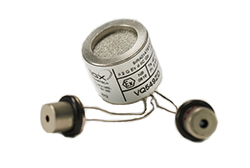
Catalytic Pellistors
Designed to monitor combustible gases up to the explosive limits. These sensors are used both in fixed and portable instrumentation.
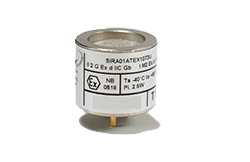
Thermal conductivity sensors
Because pellistors measure the flammability of a gas, they cannot be used to measure levels of gas above the Lower Explosive Limit (LEL), since the reducing level of oxygen will result in a fall-off of signal. However, a similar device can be used to monitor these high levels of gas, the themal conductivity pellistor.
We have a range of thermal conductivity sensors, which are designed to complement the pellistor range in terms of electrical characteristics, so that they can be used in the same Wheatstone Bridge circuits. They are supplied with a compensator bead which is in a sealed enclosure of air. This enclosure acts as the thermal conductivity reference in exactly the same way as it acts as the reference for a pellistor.
Because thermal conductivity measurements do not rely on the flammability of the gas, the technique can be used to analyse a whole range of gas mixtures, provided that there are only two gases present and that the two gases have significantly different thermal conductivities. Examples include:
0 – 100% Hydrogen in Air
0 – 100% Methane in Air
0 – 100% Carbon Dioxide in Air
0 – 100% Carbon Dioxide in Methane
0 – 100% Helium in Air
Thermal conductivity cannot be used for gas mixtures where the thermal conductivities of the two gases are similar. The best example of this is oxygen levels in air, as the thermal conductivities of oxygen and nitrogen are too close to give a meaningful signal.
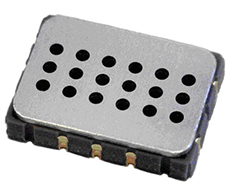
Metal oxide gas sensors
SGX has a proprietary MOS technology utilizing state of the art MEMS technology, combining a specialized nano-particle sensing layer with a patented poly-silicon heater.
This unique design creates a highly sensitive and responsive semiconductor sensor, manufactured on an automotive production line for outstanding quality and performance.
These sensors are easily capable to detect and measure combustible and pollution gasses in parts per billion (PPB) and are suitable for many environmental, automotive and industrial applications worldwide.
Main features of these sensors offer:
Low heater current
Wide detection range
High sensitivity
Available in SMD packages
High resistance to shocks and vibrations
Miniature dimensions
Long life expectancy
Has the benefit of a patented low power heater design
Very fast thermal response Electrostatic discharge protected
Suitable for measurement or alarm warning applications.
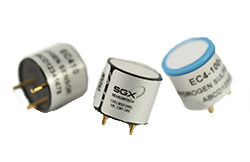
Electrochemical gas sensors
Electrochemical sensors work on a different principle from the pellistor and IR devices. With electrochemical sensors the target gas undergoes a chemical reaction, producing a current that is directly proportional to the concentration of gas present. The sensors use very little power and show good responses to various gas concentrations over a wide range of ambient conditions.
A range of 20 mm electrochemical sensors is available for several toxic gases including Carbon Monoxide ,Hydrogen Sulfide and Oxides of Nitrogen and Sulfur. These sensors are ‘drop-in’ replacements for existing sensor types in this size.
The range of toxic sensors is complemented by the EC410 , RoHS compliant, Oxygen sensor. This unique sensor contains no lead, has a greatly increased life span and is of significantly lower mass compared to other Oxygen sensors of this size. The sensor contains no consumable components.
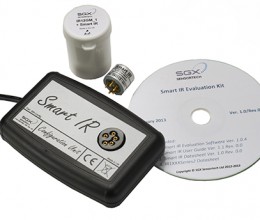
Evaluation Kits
The evaluation kit allows the user to get started quickly in gas sensor instrument design using gas sensors from SGX. Simply attach the universal power supply, connect to a PC USB port and plug in the appropriate gas sensor. The SGX data logging and control software allows the performance of the gas sensors to be assessed and makes it easy to capture performance data. Users can experiment with different settings before designing their own instrument.
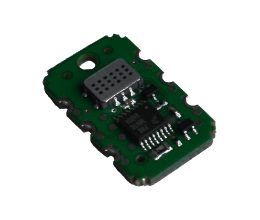
Indoor Air Quality
This cost effective indoor air quality sensor system (IAQ) allows automatic control of ventilation to ensure the best air quality with the lowest waste of energy.
